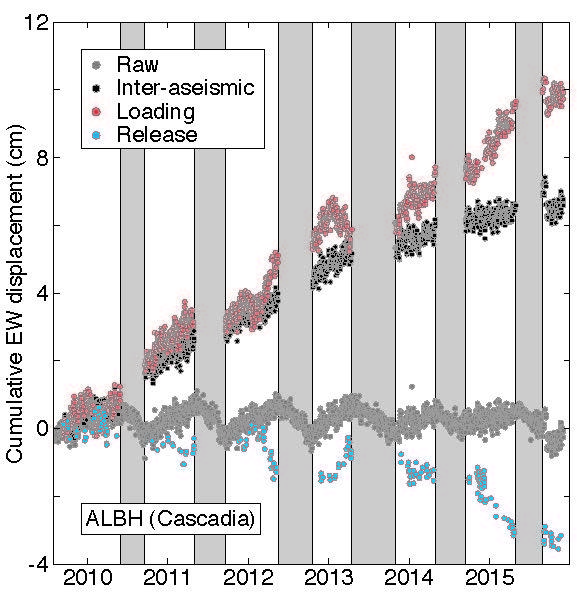Date:
Location:
"Pinpointing transient aseismic slip at depth with seismological observations" by William Frank (MIT)

Abstract:
With the recent discovery of slow slip events, tectonic tremor, and low- frequency earthquakes, there are many new fundamental questions about how these slow slip phenomena modify our understanding of the seismic cycle and hazard of megathrust subduction zones. Geodetic observations have been able to directly constrain the largest slow slip events but are blind to the smaller aseismic slip events that are beneath the noise level. On the other hand, seismology provides indirect observations of slow slip in the form of tectonic tremor and low-frequency earthquakes, referred to as slow seismicity. I will show here three case studies that demonstrate how the temporal and spatial evolution of slow seismicity can be leveraged to track aseismic slip. First, I will describe how characteristic space-time patterns of seismicity can be used as a guide to align and stack GPS displacement time series to increase the signal to noise ratio and uncover previously undetected slip events. The next case study shows how GPS records between previously identified slow slip events can be decomposed into motions of tectonic loading and release, revealing the intermittent aseismic slip hidden in the noise. Finally, I will show that the distribution of repeating low-frequency earthquakes changes radically in time with the onset of even the smallest slow slip events due to interaction between asperities. These results demonstrate that bursts of low-frequency earthquakes result from the collective behavior of asperities whose interaction depends on the state of the fault interface.[BackgoundReading]